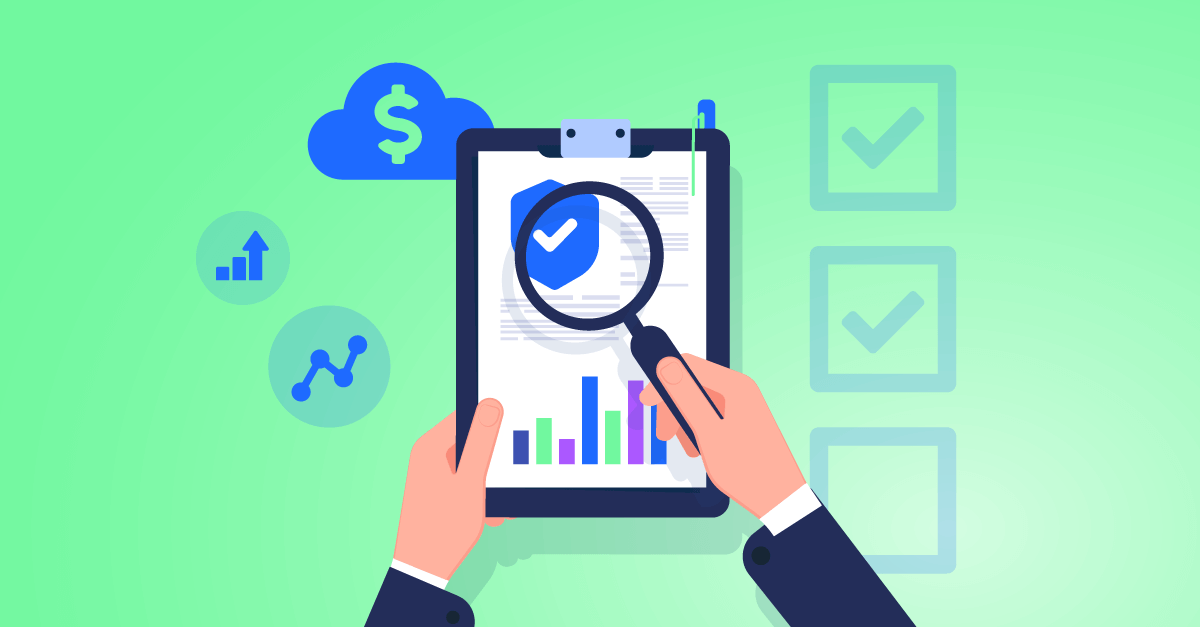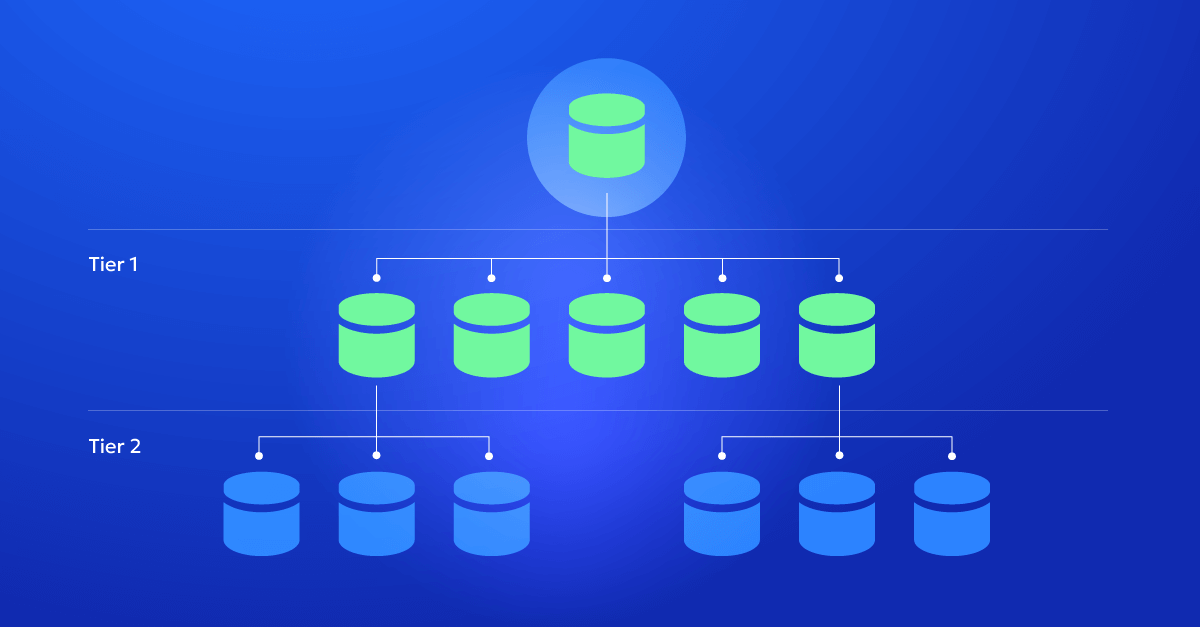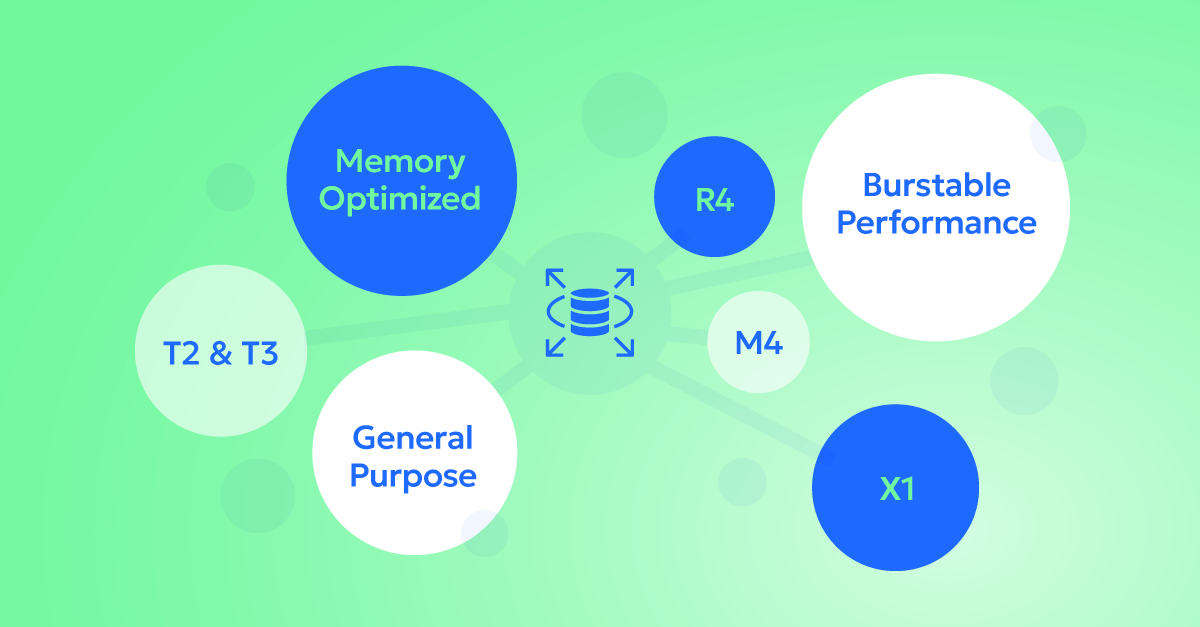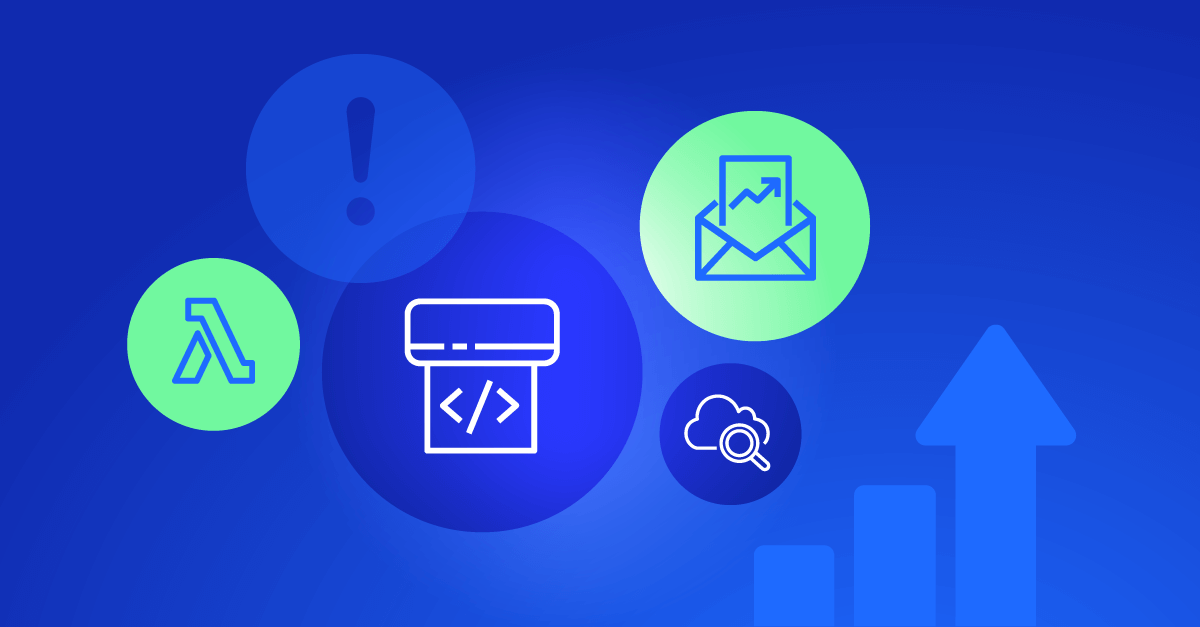I know firsthand how difficult managing cloud costs can be, especially when you’re balancing tight budgets and complex environments. It’s like trying to juggle flaming torches while riding a unicycle—you’ve got a lot on your plate, and one misstep can lead to a costly disaster. But don’t worry, I’m here to share some insights and genuine advice on how to use automation in your cloud cost optimization. Automation can be your best ally in this journey, helping you streamline processes, improve accuracy, and reduce costs.
Understand your pain points
First, let’s talk about some of the challenges you face:
- Unpredictable costs
The pay-as-you-go model is fantastic in theory but can lead to unexpected expenses that throw your budget into chaos. It’s like planning a road trip and suddenly finding out that gas prices have doubled overnight.
- Complex cloud environments
Modern cloud setups are incredibly intricate, with countless services and resources. Keeping track of all these moving parts can feel like herding cats—frustrating and nearly impossible without the right tools. - Manual errors and inefficiencies
No matter how meticulous you are, manual processes are prone to errors. It’s easy to miss a step or misconfigure a resource, leading to wasted cloud money and resources. - Lack of visibility and transparency
Without proper monitoring tools, gaining a clear picture of your cloud spending is challenging. It’s like driving at night without headlights—you can’t see where you’re going, and you might end up in a ditch. - Scalability challenges
As your cloud usage grows, so does the complexity of managing costs. Manually keeping tabs on everything can become overwhelming, akin to trying to count grains of sand on a beach.
Ways to leverage automation in your cloud cost optimization
Now, let’s dive into how automation can alleviate these pain points and make your life a whole lot easier:
- Enhanced efficiency and productivity
Automation handles repetitive tasks, freeing you up to focus on strategic, high-value activities. Imagine having a smart assistant who takes care of the mundane stuff, so you can concentrate on the big picture. - Accurate forecasting and budgeting
AI-driven tools can provision future cloud costs with impressive accuracy. This means fewer nasty surprises and more reliable financial planning. It’s like having a crystal ball that actually works! - Improved reliability and consistency
Automation ensures that cost-saving strategies and policies are applied consistently across your cloud environment. - Real-time alerts and recommendations
With automation, you’ll get real-time alerts for any anomalies or potential cost overruns, along with actionable recommendations. It’s like having a financial advisor on call 24/7, ready to give you the best advice. - Auto-scaling
Automation enables auto-scaling, which automatically adjusts your cloud resources based on real-time demand. This ensures that you are only paying for the resources you need, when you need them, optimizing both performance and cost. Auto-scaling helps prevent over-provisioning during low demand periods and under-provisioning during peak times, ensuring your applications run smoothly and cost-effectively. - Accessible reporting and visibility
Automation provides detailed and user-friendly real-time reporting and dashboards that offer actionable insights into your cloud spending patterns. This transparency helps you make informed decisions and spot cost-saving opportunities quickly.
What automation can’t do
While automation is incredibly helpful, it’s not a silver bullet. Here are some things automation might not be great at:
- Human judgment
Automation can handle data and processes, but it can’t replace human judgment and intuition. Critical decision-making still requires a human touch. - Complex customizations
Highly specific or unusual configurations might still require manual intervention. Automation tools are powerful, but they can’t cover every unique scenario. - Creative problem solving
While AI can identify patterns and suggest solutions, it can’t think creatively or outside the box like a human can. For innovative solutions, human ingenuity is irreplaceable. - Context understanding
Automation tools follow rules and patterns, but they might miss the broader context of a business decision. Human insight is crucial for understanding the bigger picture.
Let’s put this into practice
To illustrate how automation can transform your cloud cost management, let’s look at some real-world examples from my own experience as a FinOps professional:
AWS Cost Explorer
This tool offers real-time visibility into your cloud costs, complete with predictive analytics that help you forecast future expenses. In my previous role, we used AWS Cost Explorer to identify services that were driving up costs unexpectedly. By filtering costs by service and usage type, we pinpointed underutilized instances and scheduled downtime during non-peak hours, resulting in a 20% reduction in our monthly cloud bill. However, it’s worth noting that while AWS Cost Explorer is powerful for cost tracking, it doesn’t offer the same depth of integration for predictive scaling that some third-party tools provide.
Google Cloud Billing
With advanced monitoring and reporting features, this tool provides detailed insights into your cloud spending. In one project, we integrated Google Cloud Billing with BigQuery to create customized dashboards that tracked costs across different departments. This integration allowed us to allocate costs more accurately and implement chargeback models that held teams accountable for their cloud usage. While Google Cloud Billing is excellent for detailed reporting, it can be complex to set up and requires a good understanding of SQL for custom queries.
Azure Cost Management and Billing
This tool provides comprehensive cost tracking and budgeting features, along with predictive analytics that help you stay on top of your expenses. At a previous company, we used Azure Cost Management to set up budgets and alerts for different projects. This ensured we were notified before exceeding our budget, giving us time to make necessary adjustments. Azure’s integration with other services like Power BI allowed us to create visual reports that were easy to share with stakeholders. The downside was that sometimes the alerts were too sensitive, leading to alert fatigue among the team.
Third-party software offering automation
Zesty
Zesty provides automated cloud cost management and optimization with real-time insights and adjustments. In a recent project, we leveraged Zesty’s AI capabilities to dynamically adjust our cloud resources. This was particularly effective in managing our development and testing environments, where resource usage was highly variable. By shutting down idle resources, Zesty helped us reduce costs by 30% without manual intervention. However, the initial setup required careful calibration to avoid any disruption in our services.
CloudHealth by VMware
This platform offers advanced cost management and optimization for multi-cloud environments. In a multi-cloud strategy implementation, CloudHealth was instrumental in providing a unified view of our costs across AWS, Azure, and GCP. It gave us actionable insights and recommendations for cost-saving measures, such as rightsizing instances and utilizing reserved instances more effectively. The main challenge was integrating data from different cloud providers, which required significant effort and coordination.
Apptio Cloudability
Apptio Cloudability focuses on financial optimization and cost management for cloud services. We used Cloudability to implement a detailed cost allocation strategy, which included tagging resources and creating cost centers for different business units. This approach helped us improve accountability and visibility into our cloud spending. One of the standout features was its forecasting capabilities, which allowed us to predict future spending based on historical data. However, the granularity of the data sometimes led to information overload, making it challenging to prioritize optimization efforts.
Sign up to for our weekly newsletter and get the latest FinOps expert strategies.
Balance automation and manual control
It’s important to understand that implementing automation doesn’t have to be an all-or-nothing approach. You can effectively integrate automation into your cloud cost management strategy while still maintaining manual control over certain areas of your infrastructure. Automation can handle repetitive and time-consuming tasks, provide real-time insights, and optimize resource allocation. Meanwhile, critical decisions, complex customizations, and creative problem-solving can remain under your manual control.
This balanced approach allows you to leverage the best of both worlds—benefiting from the efficiency and precision of automation while retaining the flexibility and judgment that only human expertise can provide. For example, use automation tools to manage auto-scaling, cost forecasting, and real-time alerts, while manually overseeing strategic planning, complex architecture decisions, and unique configurations.
By combining automated processes with manual oversight, you ensure a robust and adaptable cloud cost management strategy that can evolve with your organization’s needs. Remember, automation is here to assist, not replace, your critical thinking and expertise. By taking the first step towards integrating these tools into your workflow, you’ll be well on your way to a more efficient, productive, and stress-free cloud management experience.
Further reading/watching
For those of you who want to dive deeper into automation in FinOps, here are some great academic resources that address the reliability of AI for cloud optimization and predictive models.
- “Machine Learning for Cloud Management”
This book provides a detailed exploration of how machine learning techniques can be applied to cloud management, including cost optimization and predictive analytics. It covers various algorithms and their practical applications in cloud environments. - “Predictive Analytics for Cloud Optimization: Machine Learning Models and Algorithms”
This paper discusses the use of machine learning models and algorithms for predictive analytics in cloud cost management. It focuses on the reliability and accuracy of these models in forecasting cloud resource needs and costs. - “Artificial Intelligence in Cloud Computing: A Systematic Review”
This systematic review analyzes various AI and machine learning techniques used in cloud computing. It evaluates their effectiveness in different areas, including cost optimization and resource management. - “Will AI and LLMs Transform FinOps?” by FinOps Foundation
These resources will provide you with a deeper understanding of how machine learning and AI can be effectively used for cloud cost optimization, addressing any concerns about their reliability and practical applications.











